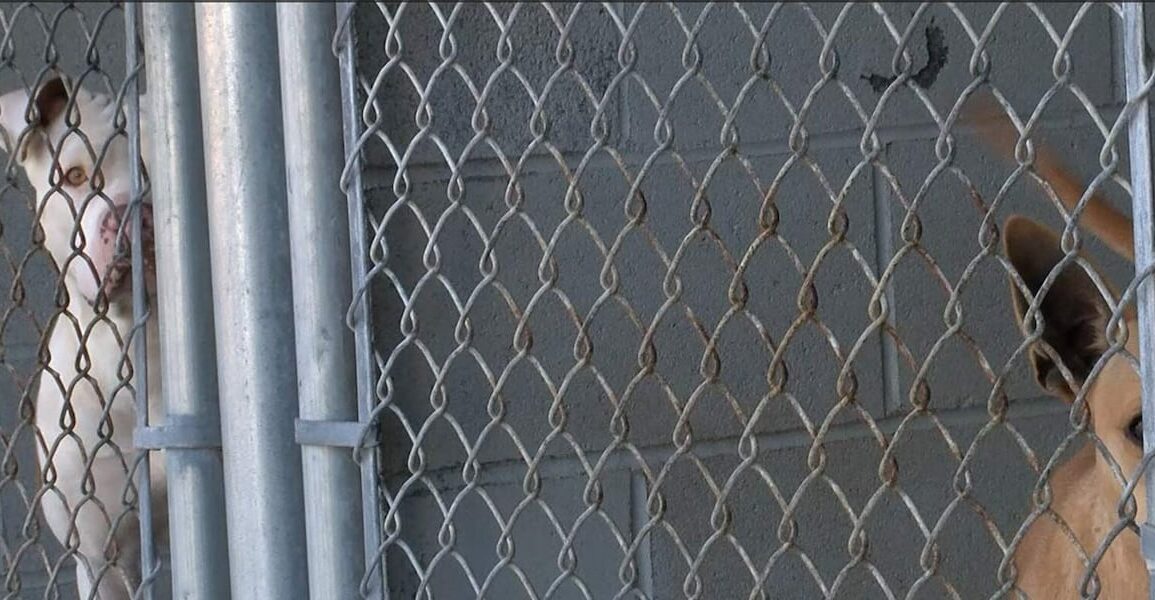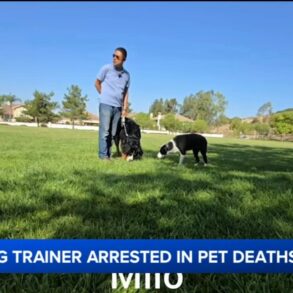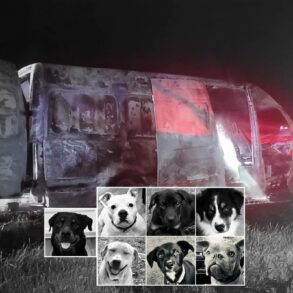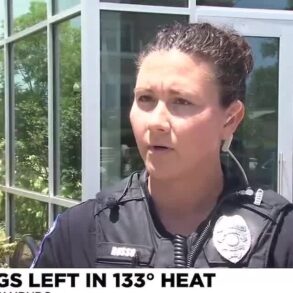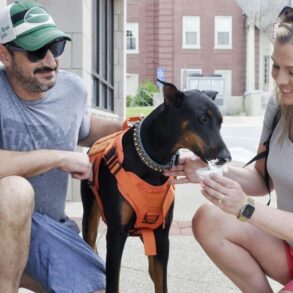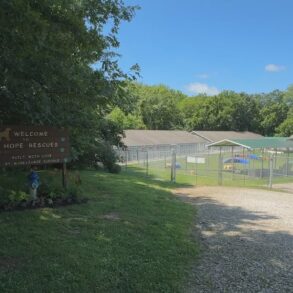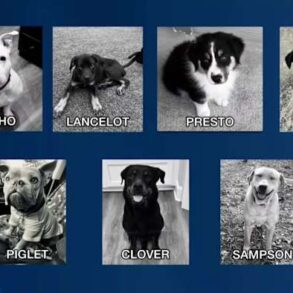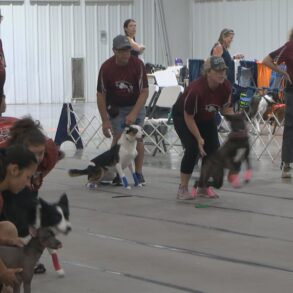
COLLETON COUNTY, S.C. (WCSC) – Colleton County Animal Services is facing overcrowding levels that bring a last resort option of euthanasia for the first time in five years.
Leaders at Colleton County Animal Services say they have avoided using euthanasia over the last half a decade while pushing through a “Code Red” level of overcrowding for the last three years. The level falls in their tier system of green, yellow and red that indicates their ability to humanely care for animals at varied capacity levels.
“Code Red” means the center is overcapacity, as they have over 100 dogs and 170 cats in their current care. The numbers of animals double the facilities’ holding space for 65 cats and dogs each.
Animal Services Director Laura Clark has worked with the shelter for the last 13 years. Clark says the shelter has made major improvements in reducing instances of euthanasia over the years. She says the shelter used to euthanize about 90% of the over 3,000 animal yearly intake during her days of volunteering.
Clark says the shelter has avoided euthanasia as a solution to the “Code Red” the facility has faced over the last few years.
The current level of overcrowding at the shelter makes her feel as though there is “no end in sight” as they resort to euthanasia. The shelter has already euthanized two dogs and three more are on the list for this week.
Animals have to qualify for euthanasia based on an assigned adoptability number, which focuses on behaviors and health issues. One of the dogs at risk for euthanasia is Chucky who sat at the shelter for nearly a year.
“They’re just larger dogs, they’re energetic,” Clark says. “When we tried to restrain them, to sedate them for being neutered, they were not big fans of that. But otherwise they’re pretty good dogs.”
Chucky knows tricks such as how to sit and lie down on command, but faces possible euthanasia. Clark says they are hoping to have foster candidates to avoid the outcome.
Kahley Czupek started traveling from Charleston County to volunteer and foster at the facility in February. She aims to offer support to the facility as she says their resources become scarce in comparison to the surrounding counties.
“This is the first time since I started volunteering that they are having to euthanize,” Czupek says. “And, I can let it make me feel defeated or I can take another step, pull another dog today, and try to keep doing more and more as much as I can.”
Leaders say volunteering, fostering and adopting shelter animals are the best ways to save the lives of these potential pets.
Czupek says anyone can give their time to the animals. She says any time inside volunteer homes is a better outcome than the current situation.
“Those dogs are, one, already in wire crates for less than they are here,” Czupek says. “Two, it’s in air conditioning most likely. It’s in a quieter environment, not surrounded by a bunch of other barking dogs, it’s in a safer environment because you get stray dogs that come in with illness, and that puts everyone else at risk.”
Interested fosterers can reach out to fosters4ccas@gmail.com. Volunteers can be involved by emailing volunteer4ccas@gmail.com.
Copyright 2025 WCSC. All rights reserved.
This post was originally published on this site be sure to check out more of their content.




